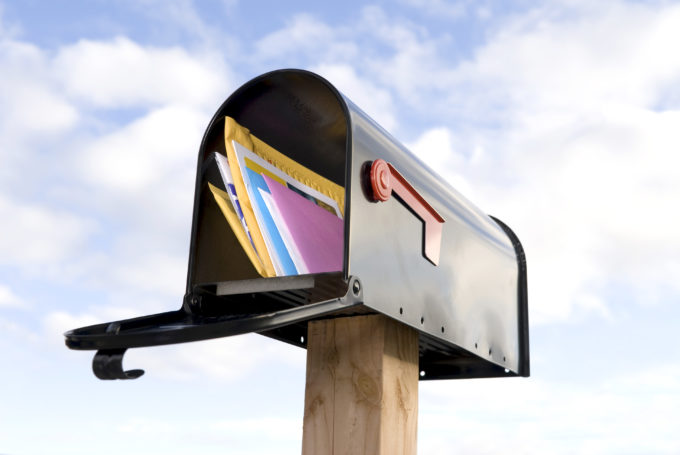Direct mail is a marketing strategy that declined dramatically back in 2008 but has seen a slight increase in use in the past few years. Traditionally, direct mail is when you buy an address list, create a promotional printed piece, and pay a bulk rate to mail it to that list.
When most people think of direct mail, they think of the window company that sends a big postcard or maybe the cleaning company or the flooring company that sends you a coupon every month. These are all examples of direct mail. According to the Direct Marketing Association, the average response rate for direct mail is around 5% for prospect lists and closer to 9% for house lists, or customers who have already purchased from you.
For some companies, it’s still a beneficial marketing strategy. Like most marketing efforts, it becomes a question of return on investment. If you’re a window company and one sale creates $5,000 or more in revenue, you’ll likely cover your full investment for the direct mail piece.
For small businesses, direct mail often doesn’t have that same return. The cost of designing, printing, and mailing a direct mail piece adds up quickly. Depending on the type of product or service a small business is selling, the math might not work for them to pursue direct mail.
There’s an alternative approach though, which we call targeted direct mail. Instead of dropping a postcard to thousands of people on a purchased list at a bulk mail rate, you’ll create a targeted list and send a few postcards at a time.
Create your list
The first step is to create your list. Think about who you want to target and how many postcards total you want to mail to current or prospective customers. Consider the cost of printing and postage, as well as the time investment, as you build your list. You can purchase a list here from a reputable direct mail list provider or build your own using various business lists if you’re targeting other businesses.
Print your postcard
Design and print a basic postcard that has a message tailored for your audience. Be sure to follow the United States Postal Service guidelines on postcard design to leave adequate room for the address, stamp, and barcode areas. If you don’t follow the guidelines, the post office could refuse your mail or end up covering part of your message with a barcode sticker. Also leave some room to write a quick note to the recipient, if relevant.
Drop some in the mail
Once you have your stack of postcards, you can hand address and mail a few a week. It could be five per week or it could be 20 depending on your list size and how quickly you want to get them out. A hand-addressed card will usually stand out in the mail more than a preprinted card.
Make follow-up calls
To make this approach more effective, keep a spreadsheet of who you mailed a postcard to and when you mailed it. If you’re reaching out to other businesses and have their phone numbers available, consider making a follow-up call a week or so after mailing the postcard. That means not two exposures to this potential client.
Track your results
Your spreadsheet can also be used to track what sort of response you get from the targeted direct mail effort. Track when you mailed a postcard, when you made a follow-up call, and what results you got in terms of new clients, referrals, etc. Some businesses find this strategy to be very effective, while others don’t see much return. Track your results and use those numbers to decide whether or not to continue with targeted direct mail.
Need help developing a targeted direct mail or overall communications plan for your business? Contact us today to talk about your needs and see if we can help.

